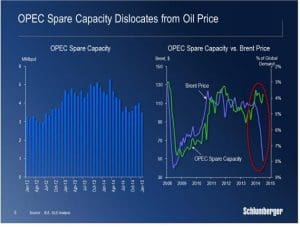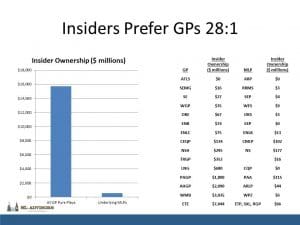MLPs Start Reporting 1Q Earnings
Several Master Limited Partnerships (MLPs) announced their quarterly earnings last week. The overall picture continues to be one of businesses performing well with good distribution coverage and continued plans to grow their infrastructure networks while responding appropriately to shifts in the domestic production landscape.
So Enterprise Products Partners (EPD), an MLP with no Incentive Distribution Rights (IDR) drag detracting from its investors’ returns, announced their 43rd consecutive distribution increase of 5.6% compared with a year earlier. Their payout is also covered at 1.4X by Distributable Cash Flow.
Oneok Inc., (OKE) the General Partner (GP) for Oneok Partners (OKS) was a more nuanced story. The stock price fell following the earnings release as the distribution remained flat on a quarterly basis (+8% on a year ago). Of note was that cashflows to OKE from OKS, reflecting its role as OKS’s GP, were $169MM, +16% on a year ago. Interestingly, Net Income and DCF at OKS itself fell in 1Q15 compared with the prior year. They explained it so, “Variances in financial performance between the first quarter 2015 and first quarter 2014 were primarily a reflection of significantly higher weather-related seasonal demand, resulting in higher prices for propane and natural gas, in the Midwest due to severely cold weather during the first quarter 2014 and the continued impact of commodity price declines in the first-quarter 2015.”
A cold 2014 winter and lower commodity prices this year affected earnings. The GP experienced more stability in its earnings than was reflected in the underlying MLP it controls. Nonetheless, full year guidance was confirmed as unchanged both for OKS and OKE. OKE’s coverage of its distribution was 1.2X which prompted one analyst to ask on the earnings call whether OKE might even use some of its cash to buy OKS units on the open market. You could interpret the absence of a dividend hike by OKE as symptomatic of a tougher business environment, or you might regard their resulting comfortable distribution coverage as reflecting an abundance of caution. We lean towards the latter.
Overall, for these two MLPs, business seems to be going well. We are invested in EPD and OKE.
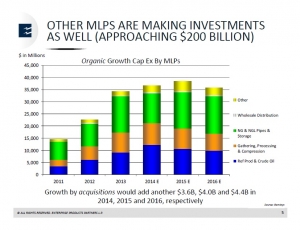 l expenditures (“capex”) and a drop in 2016 versus 2015. However, the numbers remain substantially higher than the pre-2013 period, and support the forecast of $30-50BN in annual capex for energy infrastructure (since while MLPs are the main operators of such assets, integrated oil companies and utilities also fund energy sector projects).
l expenditures (“capex”) and a drop in 2016 versus 2015. However, the numbers remain substantially higher than the pre-2013 period, and support the forecast of $30-50BN in annual capex for energy infrastructure (since while MLPs are the main operators of such assets, integrated oil companies and utilities also fund energy sector projects).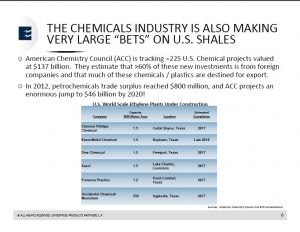 bigger MLPs.
bigger MLPs.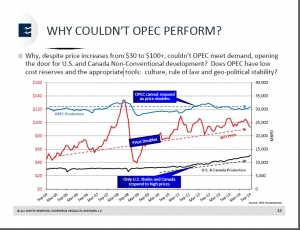 ‘t, and highlights the difference between very low production costs for proved, developed reserves in the Middle East versus relatively high costs to develop new resources beyond what is already in production. Clearly, from the perspective of a group of producers that still satisfies roughly one third of global oil demand, a modest increase in output to maintain market share and render new sources of supply uneconomic early on would have been a far less costly strategy than the current one of maintaining fairly constant output regardless of price. It suggests that even countries such as Saudi Arabia have a fairly limited capacity to increase output over the short term.
‘t, and highlights the difference between very low production costs for proved, developed reserves in the Middle East versus relatively high costs to develop new resources beyond what is already in production. Clearly, from the perspective of a group of producers that still satisfies roughly one third of global oil demand, a modest increase in output to maintain market share and render new sources of supply uneconomic early on would have been a far less costly strategy than the current one of maintaining fairly constant output regardless of price. It suggests that even countries such as Saudi Arabia have a fairly limited capacity to increase output over the short term.